Characteristics of Wood Types
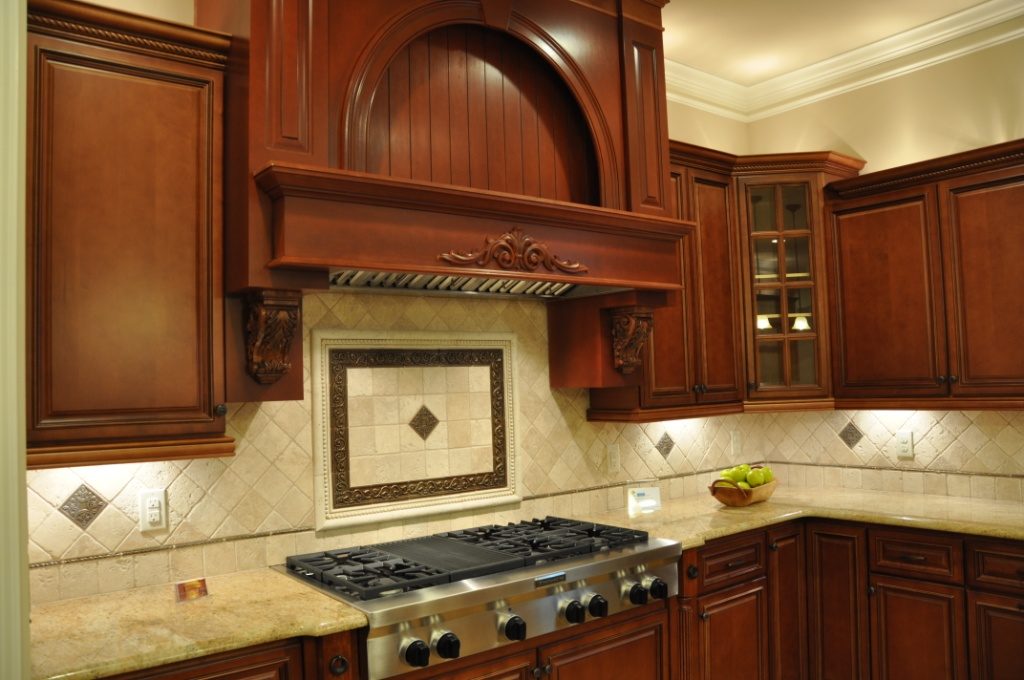
No matter which species you choose for your new kitchen or bath cabinetry, please keep in mind that no two pieces of wood are exactly the same. Stains are likely to exaggerate the difference between open and closed grains and other markings in wood. Grain variation and color change should be expected. As hard- wood ages, it will darken when exposed to different types of light.
Color differences or changes in wood can also be caused by exposure to harsh chemicals, extreme heat or moisture. Additionally, wood species exhibit other de ning characteristics, such as mineral deposits/streaks, knots, sap runs, pin holes and wormholes. These markings make the wood unique and contribute to its enduring beauty.
Cherry Wood
Cherry is characterized by its red undertones, but may vary in color from white to a deep, rich brown. Cherry is a close-grained wood with fairly uniform texture, re- vealing pin knots and curly graining. All wood will age with time and the nish will darken. This is especially true for Cherry. This is a sought-after quality in Cherry cabinetry, and those who select it expect this evolution.
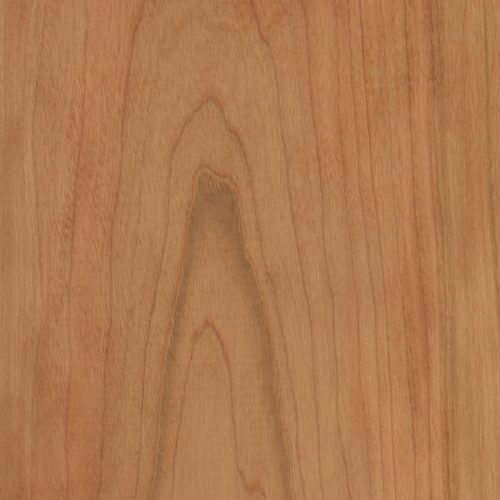
Maple Wood
Maple is a close-grained hardwood that is predominately white to creamy-white in color, with occasional reddish-brown tones. While Maple typically features uniform graining as compared to other wood species, characteristic markings may include ne brown lines, wavy or curly graining, bird pecks and mineral streaks. These traits are natural and serve to enhance maple’s natural beauty.

Oak Wood
Oak is a strong, open-grained hardwood that ranges in color from white to pink and reddish tones. Streaks of green, yellow and even black may appear due to mineral deposits. Oak may also contain wormholes and wild, varying patterns. This distinct graining is considered a desirable quality.
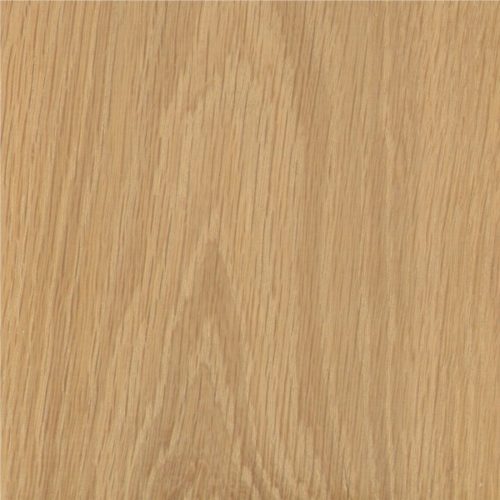
Rustic Cherry Wood
Rustic Cherry is characterized by its red undertones, and may contain a variety of pin holes, open and closed knots of various sizes and colors, small cracks, bird pecks, mineral streaks, and grain vari cation. Some small knots may have small holes through the panel. Larger holes will not be lled. In addition, the wood will contain color differences caused by variations in minerals found in the soil, creating visible mineral tracks.
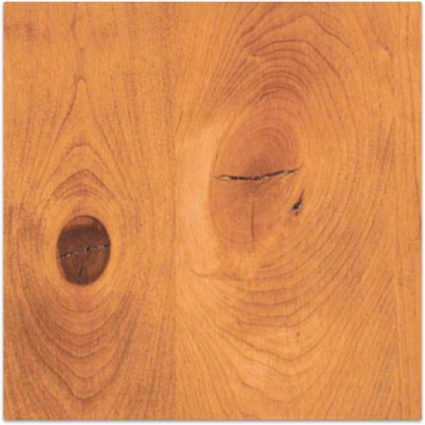
Rustic Maple Wood
Rustic Maple is a close-grained hardwood that is predominately white to creamy- white in color, with occasional reddish-brown tones, and may contain a variety of pin holes, open and closed knots of various sizes and colors, small cracks, bird pecks, mineral streaks, and grain vari cation. Some small knots may have small holes through the panel. Larger holes will not be lled. In addition, the wood will contain color differences caused by variations in minerals found in the soil, creating visible mineral tracks.
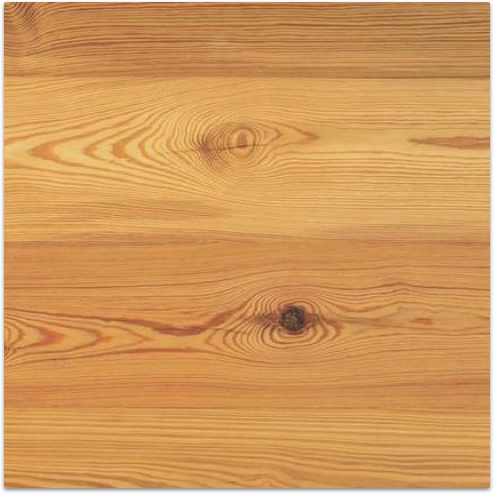
Rustic Oak Wood
Rustic Oak is a strong, open-grained hardwood that ranges in color from white to pink and reddish tones, and may contain a variety of pin holes, open and closed knots of various sizes and colors, small cracks, bird pecks, mineral streaks, and grain vari cation. Some small knots may have small holes through the panel. Larger holes will not be lled. In addition, the wood will contain color differences caused by variations in minerals found in the soil, creating visible
mineral tracks.
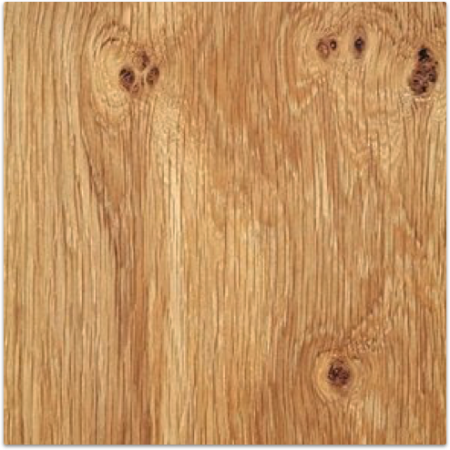
Walnut
Walnut is a premium hardwood that has long been prized for its rich beauty, warmth and strength. The grain is generally straight and open, but sometimes has wavy or curly patterns. Color can vary from creamy white to light or chocolaty brown, occasionally with darker sapwood streaks. Walnut will “mellow” and lighten as it ages.
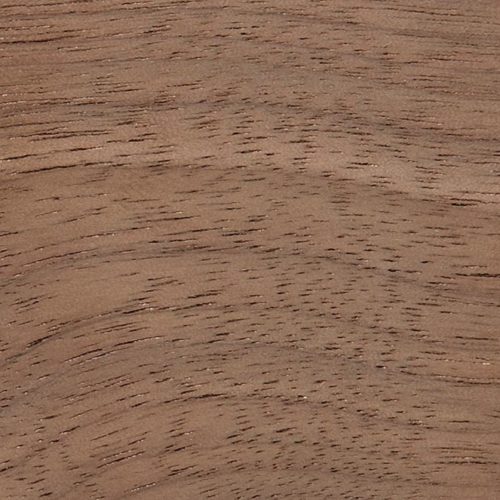
Alder
Alder is a hardwood that is lighter in weight and softer than other hardwoods. Alder has a fine, straight grain similar to Cherry and Maple with a uniform honey color. Some tight knots are typically present. Alder stains well across the full color spectrum.
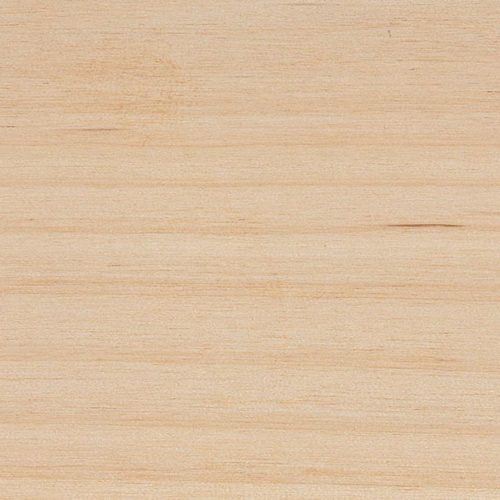
Hickory
Hickory is a strong hardwood with dramatic color variations and grain patterns. Color can vary from white to deep brown in the same piece of lumber, evening out slightly over time. Hickory will have some knots, mineral streaking, pin holes and burls.
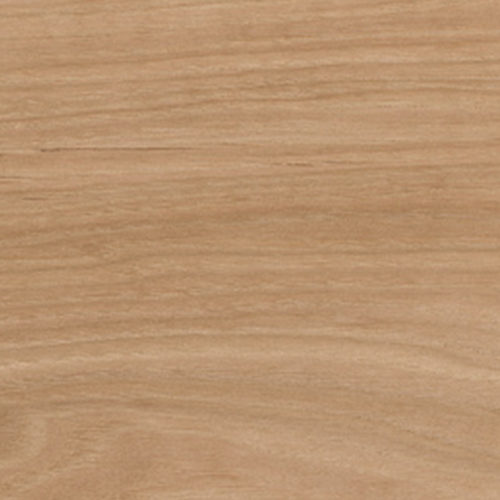
Red Oak
Red Oak is known for its strength and stability and has a prominent open grain. Oak ranges in color from white to yellow to reddish brown. Small pin knots and minor mineral streaking are present. Graining may vary from closely knit to a sweeping arch pattern.
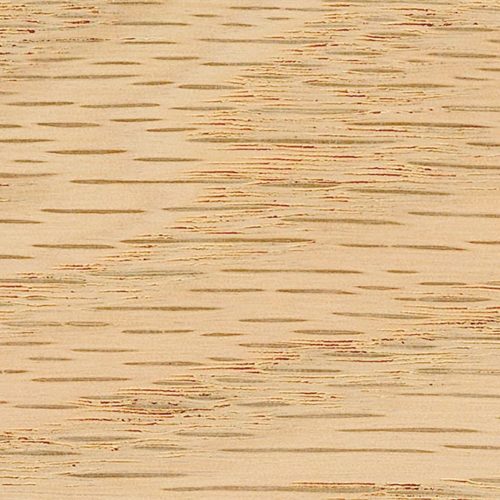
Thermo Structured Surface (TSS)
TSS is made to look like a textured surface with greater color uniformity, durability and easier maintenance. The wood grain surface, which is bonded to a engineered core, is less susceptible to humidity and warping. TSS cabinetry is an affordable option that lends itself well to modern kitchens and loft-style living.
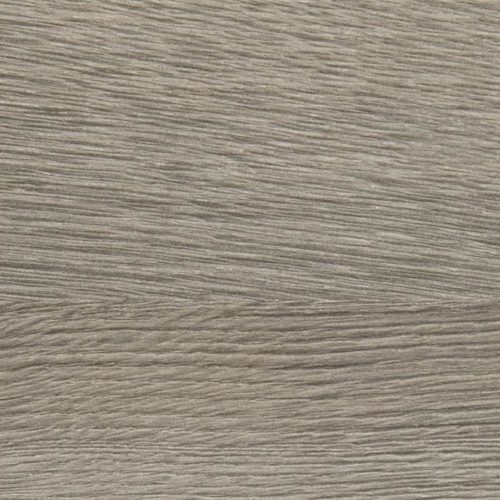
Eco Veneer
A sustainable alternative to natural wood, Eco Veneer is a composite veneer that binds wood fibers together and is dyed to mimic the look of natural wood — but with more consistent color and grain pattern. Some variation in grain pattern and color tone is to be expected. Available in both horizontal and vertical grain, the veneer is bonded to an engineered core and edge banded.
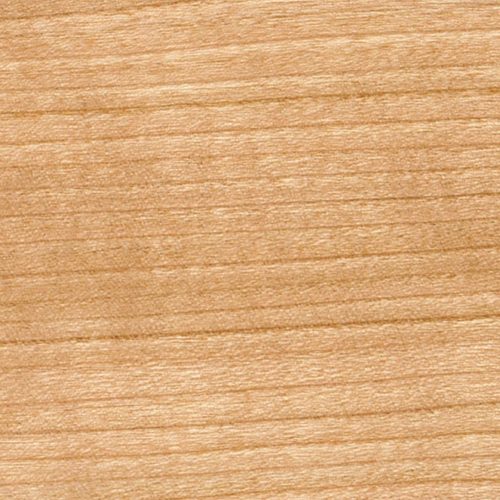
High Gloss Acrylic
High Gloss Acrylic is characterized by its polished, high gloss surface with a striking depth of color. This material is superior in appearance to the thermofoil, solid color laminates, or high pressure laminates on the market today. Careful maintenance is required to keep the glossy finish. High Gloss Acrylic door styles are available with either coordinating PVC or stainless steel PVC edge band, and are bonded to an engineered core.

